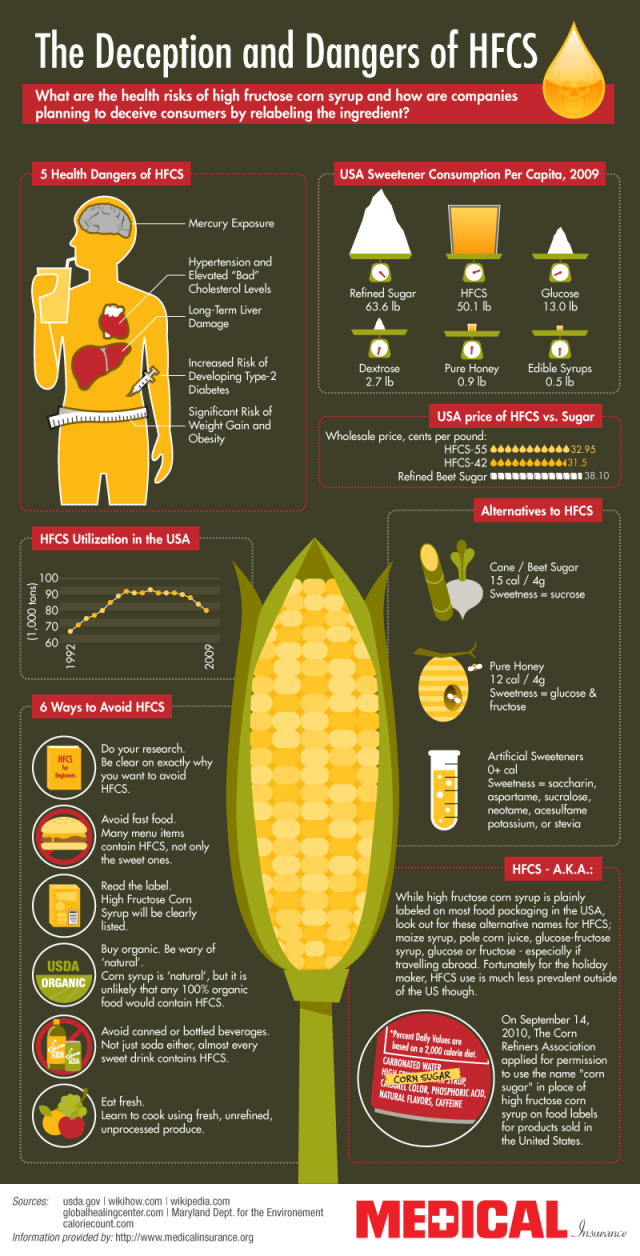"Winter is an etching, spring a watercolor, summer an oil painting, and fall a mosaic of them all."
--Stanley Horowitz
Freshly picked apples. Pumpkins. Wild rice. Sweet potatoes. Butternut and acorn squash. These are some of my favorite fall comfort foods.
Planning menus for your family is fun this time of year. Take your kids to your local farmers market and look for locally grown squash and pumpkin. Winter squash are great foods to include in your weekly meal plan because they are so colorful and full of beta-carotene. They are also high in dietary fiber, satiating you which prevents overeating.
Here is one of my favorite fall recipes which features squash, corn, and beans. Make this simple, economical, and oh-so-healthy entree one of your favorite fall comfort foods, too!
GROWING HEALTHY KIDS: Our Recipe Collection
Three Sisters Soup
PEEL and dice:
- 1 large butternut squash (about 2 pounds)
STEAM squash for 20 minutes or until tender when pierced with a fork.
HEAT in a large soup pot:
- 1 Tablespoon olive or avocado oil
ADD AND SAUTE until onion is translucent:
- 1 medium red onion, diced
- 3 cloves garlic, minced
ADD AND SIMMER 20-25 minutes, covered, until all vegetables are tender:
- 1-1/2 cups water
- ½ red bell pepper, sliced into thin strips
- 1 14- to 16-ounce can diced tomatoes, with liquid
- 1 16-ounce can organic pinto beans, drained and rinsed
- 2 cups thawed frozen corn
- 1 4-ounce can chopped mild green chilies (look for New Mexican "Hatch" chilies)
- 2 teaspoons organic cumin
- 2 teaspoons chili powder
- 1 teaspoon dried oregano
SEASON with:
- Pink Himalayan sea salt and organic black pepper
LET soup sit for 1-2 hours so flavors blend.
HEAT soup and serve with:
- Minced fresh cilantro
- Pumpkin seeds, lightly toasted in a pan over low heat
This fall, be inspired by the flavors of delicious seasonal foods. Cook comfort foods with your family. Enjoy dinner together. Take a walk in your neighborhood. Look at the colors of the trees. Tell your kids how much you love them every day.
With love and gratitude,
Nancy L. Heinrich, MPH
Founder, Growing Healthy Kids, Inc.
